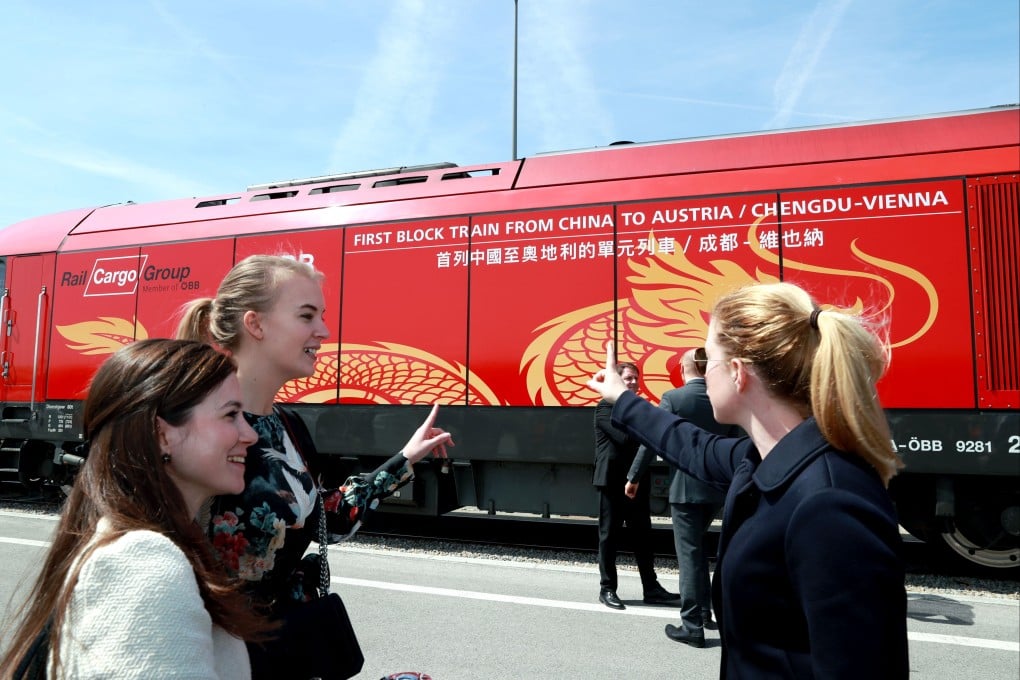Explainer | What is the China-Europe Railway Express, and how much pressure is it under from the Ukraine crisis?
- The China-Europe Railway Express, or China Railway Express (CRE), is key logistical cog in President Xi Jinping’s Belt and Road Initiative
- It provides an alternative to container shipping for transporting Chinese manufactured goods to Europe via Russia

As the Russian invasion of Ukraine is causing additional strain to the global supply chain that is already dealing with coronavirus-related disruptions, rail transport in the region that is at the nexus of Asia and Europe has become a direct victim.
The cross-continent network has served as a critical pipeline for Chinese exports to Europe in the past few years, especially during the ongoing global shipping crisis as costs soared and port congestion worsened.
But now it is facing the most serious challenge in its history.
What is the history of CRE?
Providing an alternative to container shipping, the CRE transports a variety of Chinese goods – ranging from clothing and household appliances to car parts – in containers to European consumers by rail.
It does not travel along a single route, but a network of railways that span over the two continents- departing from China, passing through Central Asia and finally arriving in western Europe – mirroring the ancient Silk Road.